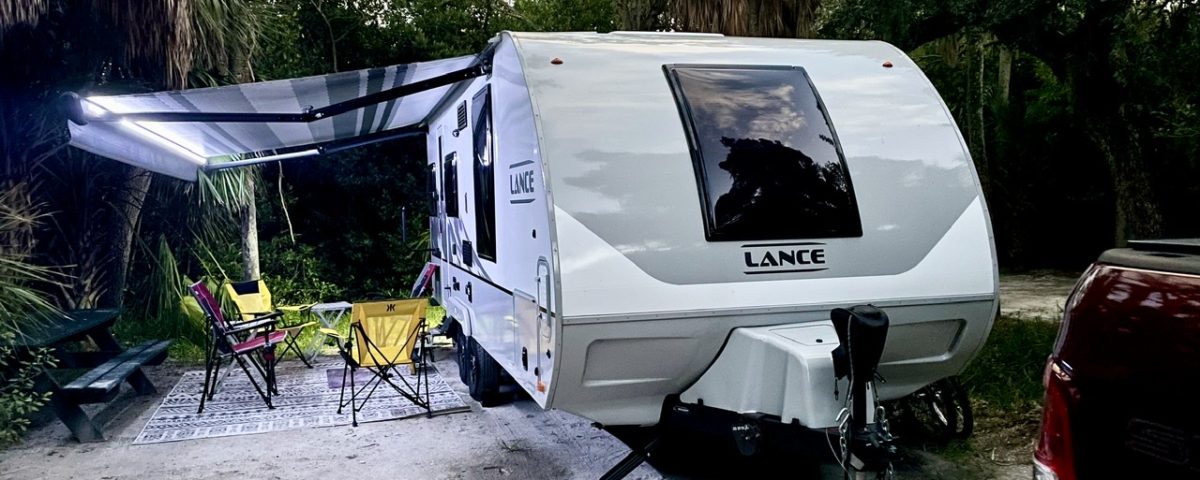Speyer
The third German city on our Viking Rhine River Cruise was Speyer. It is notable because of its prominent place in history, its ancient history and cathedral, and its religious significance to the Protestant movement in the sixteenth century.
Speyer was a treat for me because of its wonderful examples of Romanesque and Baroque architecture.
Ancient Speyer
The city was a Roman camp in the year 10 BC. However, it later became a predominant area of power. For example, eight Roman-German emperors and kings were laid to rest in a crypt in the cathedral. Statues of some of these emperors are displayed in the garden nearby. The statues were originally placed in Berlin, but were moved to Speyer in 1964.



The Cathedral
Below is a photo of the Speyer Cathedral, west entrance. It is certainly the main attraction in the city. Construction was from 1080 to 1120, making it the largest Romanesque cathedral in the world. The style is balanced and symmetrical, with clear lines.

The model below serves to clarify the size and shape of the cathedral. It is certainly large at 439 feet long and 123 feet wide. The tallest spire is just under 234 feet.

I believe this is the southern side of the cathedral and our first glimpse of the cathedral after going through the courtyard with the statues. It is enormous from this side.

Beside the cathedral is the “ Mount of Olives” sculpture. It depicts the night before the Jesus was crucified. A 17th century fire destroyed parts of the original work. Sculptor, Gottfried Renn included the surviving parts in the 1856 replacement. A rooster above represents the denial of Christ by Peter before the cock crows.

The bowl at the west entrance has an interesting history. It was a part of church territory and prisoners sought escape by running to the bowl for protection by the church. Priests also filled the bowl with wine for citizens to share as a welcome to a new bishop.

The entrance features multiple Roman arches. A massive, carved door also adds drama to the entrance.

The interior was not especially ornate, yet it was quite lovely. Again, the Roman arches were a dominant aspect.

Speyer and the Protestant Movement
Martin Luther was a German monk and university professor. He started a reformation movement in 1517 by posting his 95 theses upon the door of the Wittenberg castle church. The theses objected to the greed of the medieval Catholic Church. Luther also didn’t believe that the church had the power to pardon sin. It was the beginning of a great split in the church.
Martin Luther continued to write about his beliefs and had many followers. Consequently, the Catholic Church declared him a heretic. He and his teachings were banned.
During the reformation era, Speyer was often a location for Imperial politics. A meeting of political leaders was called a “Diet.” At the Diet of 1529, the emperor didn’t attend, but sent his brother, Ferdinand. He argued for a law that anyone could believe whatever they want, but the Catholic Church would be the religion of the land.
Six princes who supported reformation wrote a lengthy and compelling protest on behalf of themselves and anyone in the future who believed as they did. This protest letter gave the name Protestant to the reformation movement.
Trinity Church
Trinity is a protestant church and the oldest of five Protestant churches in Speyer. Construction first began on the beautiful baroque-style Trinity Church in 1701.
It is my understanding that the citizens of Speyer have been predominantly Protestant since reformation.

The doors were locked, so we couldn’t enter the church. However, I took a picture through the door. I would have loved to get a closer look at that ceiling.

A statue of The Saint James Pilgrim stands near the right of the church. It is a striking image.

Other City Sights
The Old Mint appears to be used for various retail purposes. It is another gorgeous example of baroque architecture.

My research failed to identify anything about this building, but I’m sure it too has a story to tell. It also looks quite old.

The administration building is enormous. It is the location of the mayor’s headquarters. I would have liked to know more about this building

Our guide, Alfred, presented much historical information about his city. He provided religious content for the reformation.

Speyer, In conclusion
To sum up Speyer, old world history and religion looms large. The massive cathedral and the activity around the Protestant movement are important parts of its identity. Additionally, I researched some of its history. A lot can happen in two thousand years. To me, it is a city that has undergone a lot of changes, but much evidence of its past remains.
Lastly, our Viking Rhine River Cruise included multiple cathedrals and churches. Check out Cologne and a Cathedral to see a quite different cathedral.


